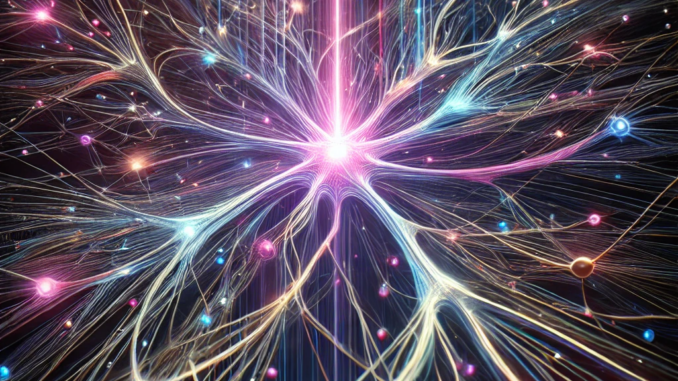
Neural networks built from light waves could allow for much more versatile, scalable, and energy-efficient AI systems
Traditional AI systems relying on deep artificial neural networks that run inside computers require vast amounts of computational resources for their training, leading to concerns about their sustainability. One promising avenue to address this issue is the development of physical artificial neural networks: systems that mimic the structure of biological neural networks more closely than their digital counterparts, by using physical ways to make information flow rather than concatenating numerical calculations across neurons simulated in a computer. For example, in a subclass of physical neural network called “optical neural networks”, light waves are emitted and combined to carry out various computations. But these physical systems face unique challenges, especially when it comes to training them. A recent study just published in Nature (Xue et al Nature 632:280–286, 2024) presents a truly groundbreaking solution that leverages physics to tackle these challenges. This is a step towards a possible future where AI systems run on physical systems hence becoming much more manageable, scalable, and…

Be the first to comment